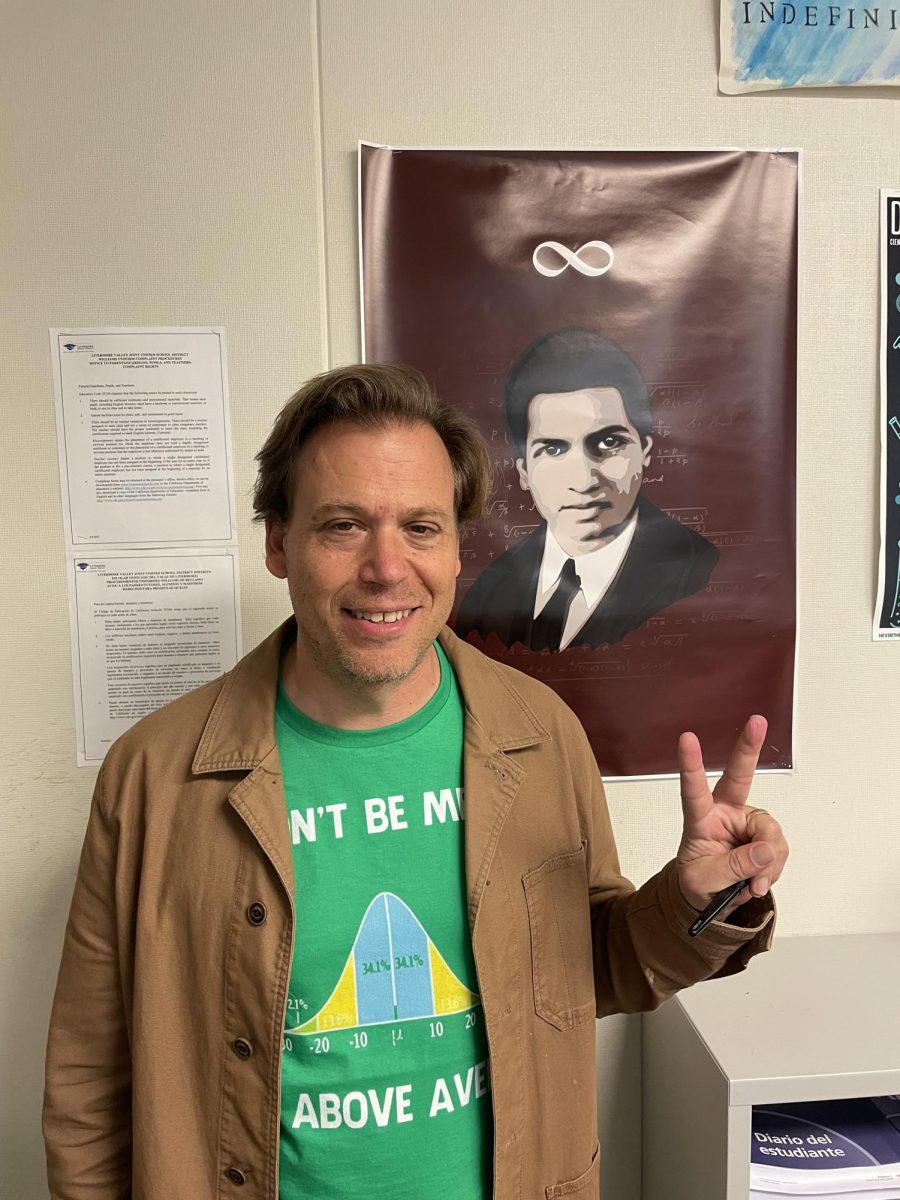This Month in History: March
March 14, 2023
March has been a month of growth and development in history. National Women’s History Month is just one of the many remarkable events to take place in March.
March 3, 1913
The Women’ Suffrage Procession occurred on March 3, 1913 in Washington D.C. The procession was organized by Lucy Burns and Alice Paul for the National American Woman Suffrage Association (NAWSA).
It occurred the day before Woodrow Wilson’s presidential inauguration to raise awareness about women’s exclusion from the political organization of society. The procession became the first organized march on Washington for a political purpose.
However, it took another seven years until the Nineteenth Amendment’s ratification, giving women the right to vote.
March 12, 1987
As recently as 40 years ago, women’s history was not taught in the public school system.
In 1978, the Education Task Force of the Sonoma County Commission on the Status of Women created a “Women’s History Week” to raise awareness on this situation. March 8 was deemed International Women’s Day and many schools and communities would show their enthusiasm and participation through presentations by local female public speakers, an annual “Real Woman” Essay contest, and celebratory parades.
By 1986, thousands of schools and communities across the nation began to celebrate National Women’s History Week and 14 states had declared March as Women’s History Month. Finally on March 12, 1987, U.S. Congress officially made March National Women’s History Month.
March 17, 1631
Saint Patrick’s Day is a holiday with a very rich history. The holiday was established to honor Saint Patrick. He was brought to Ireland as a slave in the fifteenth century and escaped but came back to Ireland once again and is said to introduce its people to Christianity, making him a staple in Irish culture.
Saint Patrick’s Day was originally celebrated in Ireland as a feast day that honored his death. March 17 occurs during Lent, meaning any alcohol and meat consumption restrictions were waived on this day. This started the tradition of dancing, drinking, and feasting.
The clover is associated with Saint Patrick’s day because Saint Patrick used it to explain the Holy Trinity of Christianity: God the Father, God the Son, and God the Holy Spirit. The stem of the clover shows how the three leaves are united. Leprechauns are also correlated with Saint Patrick’s because many would dress up as the whimsical creature for celebratory events.




























